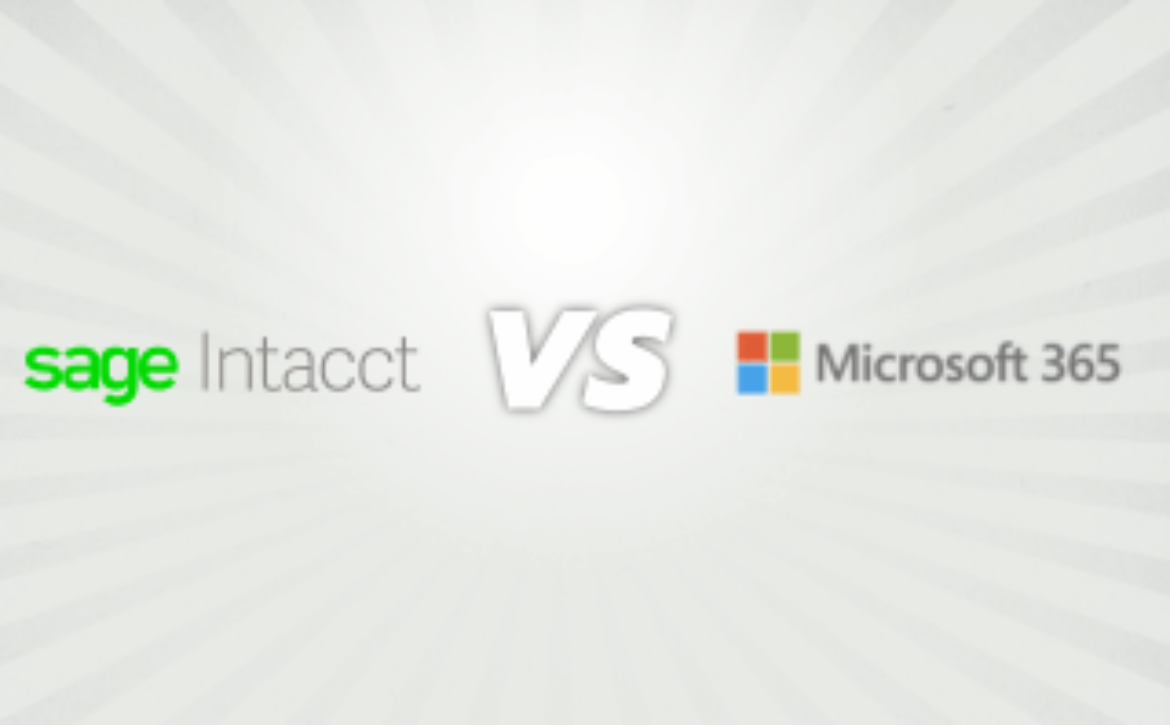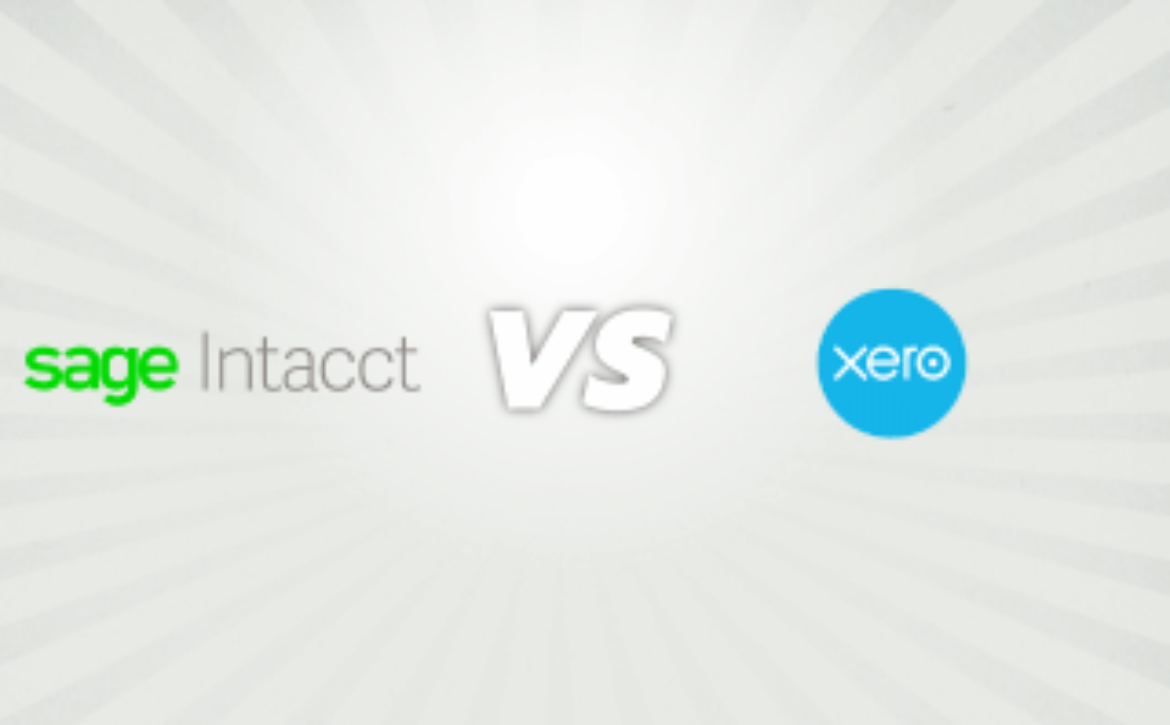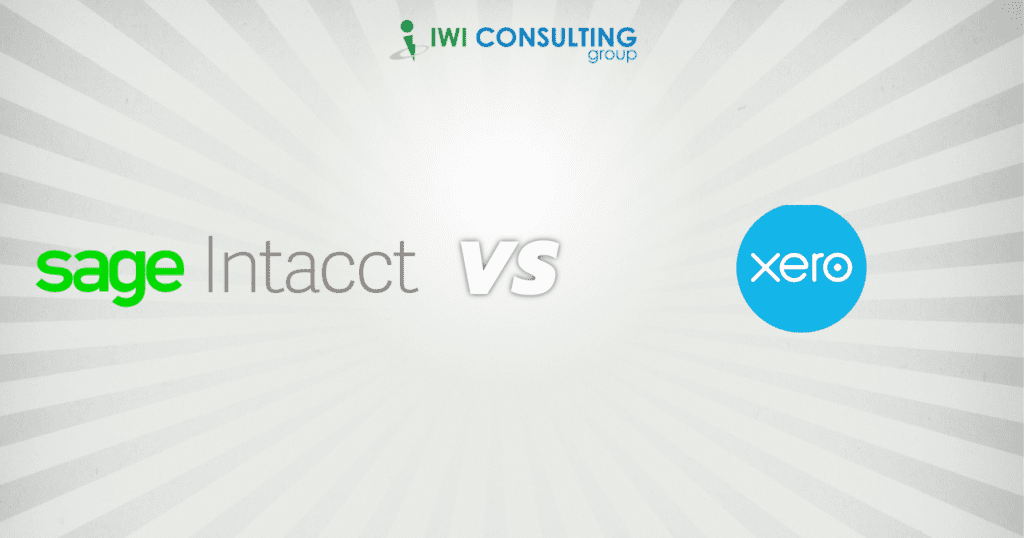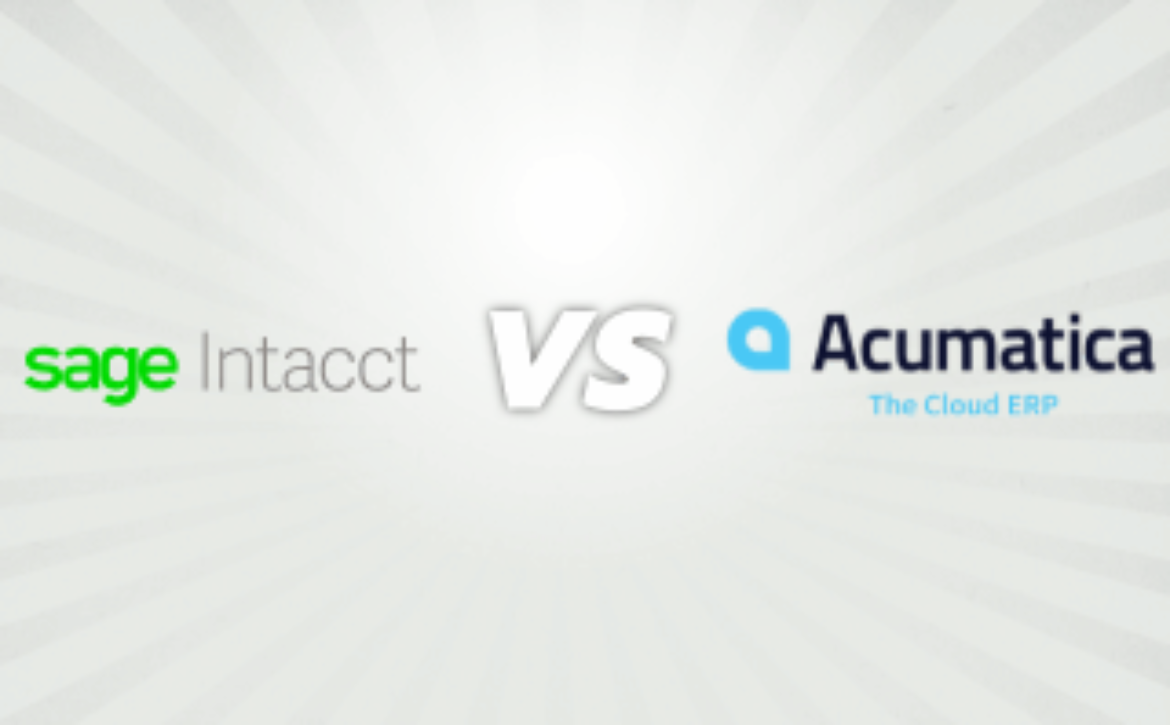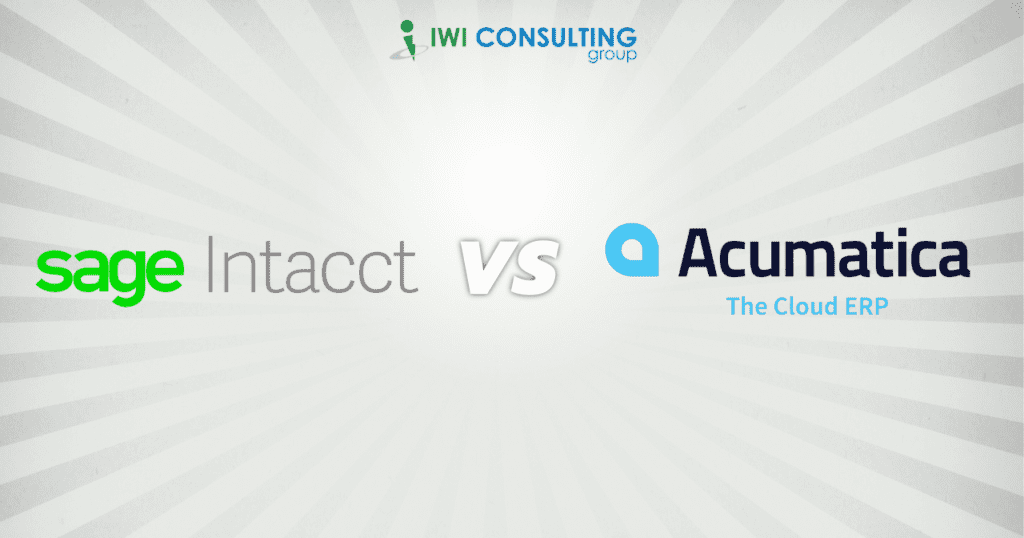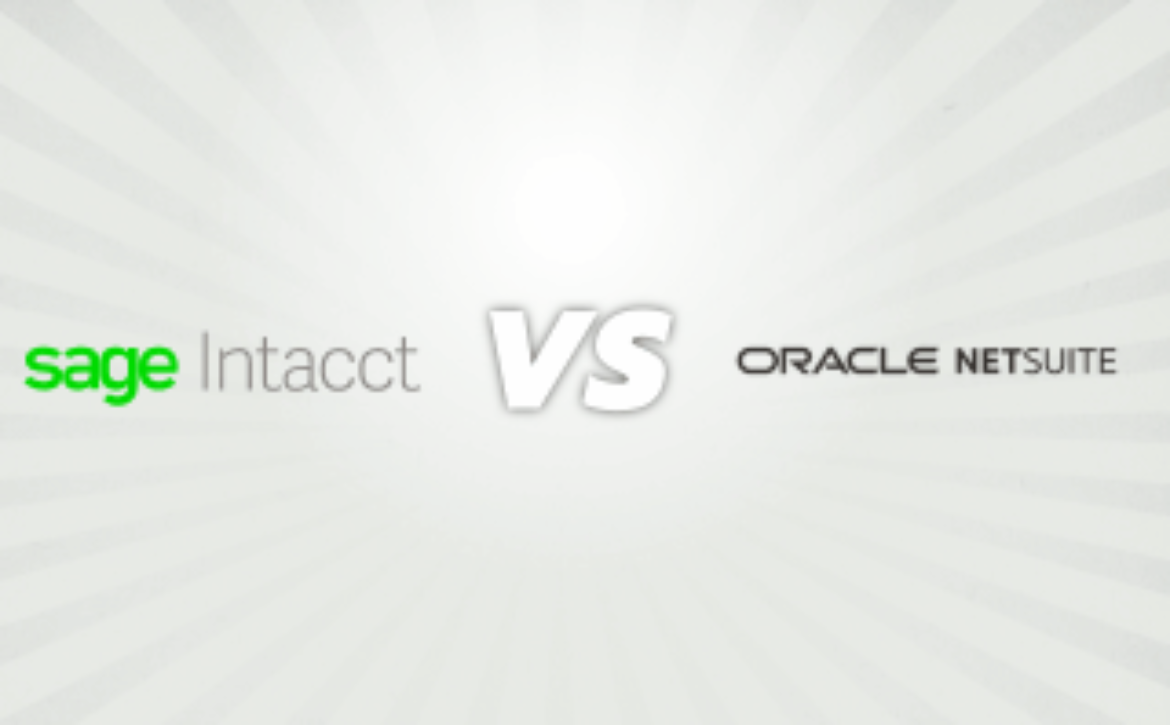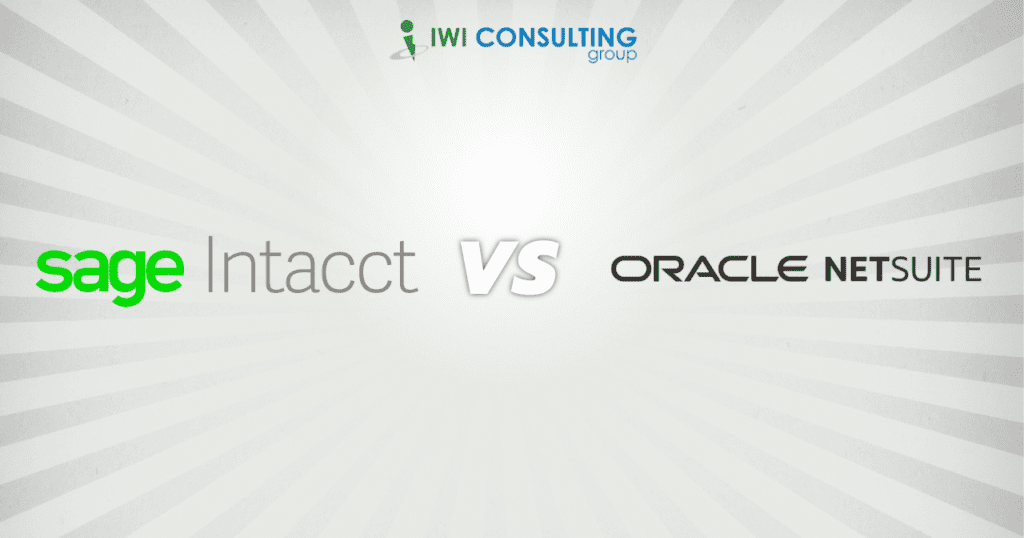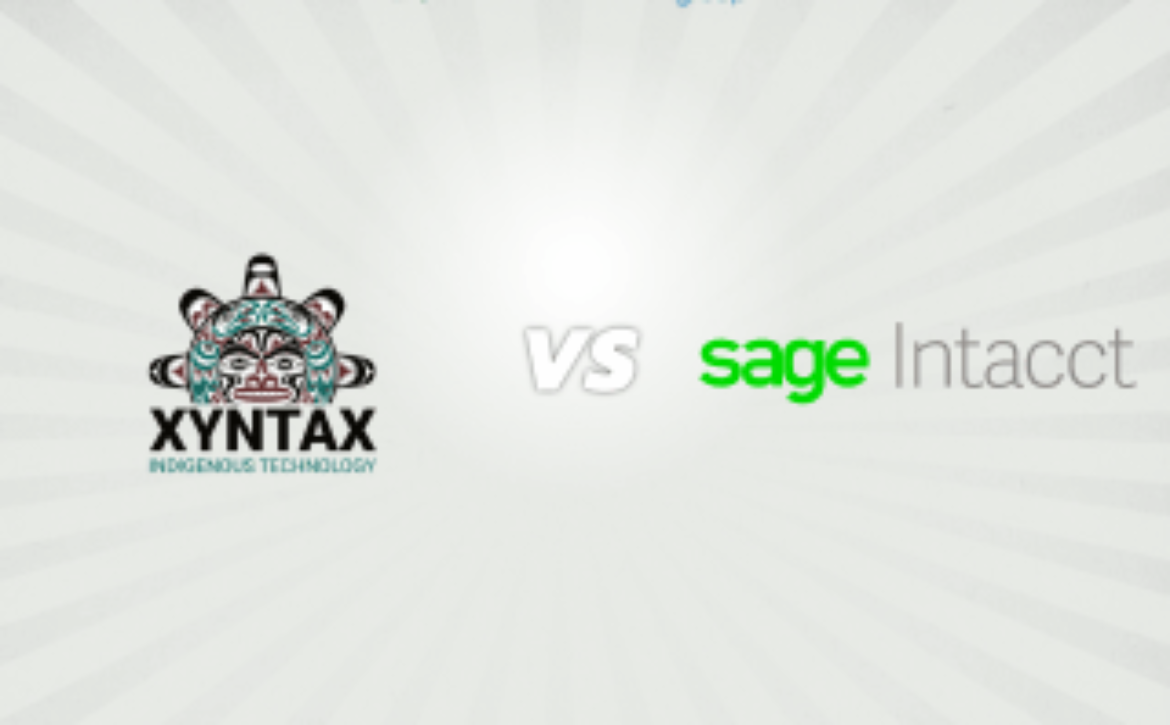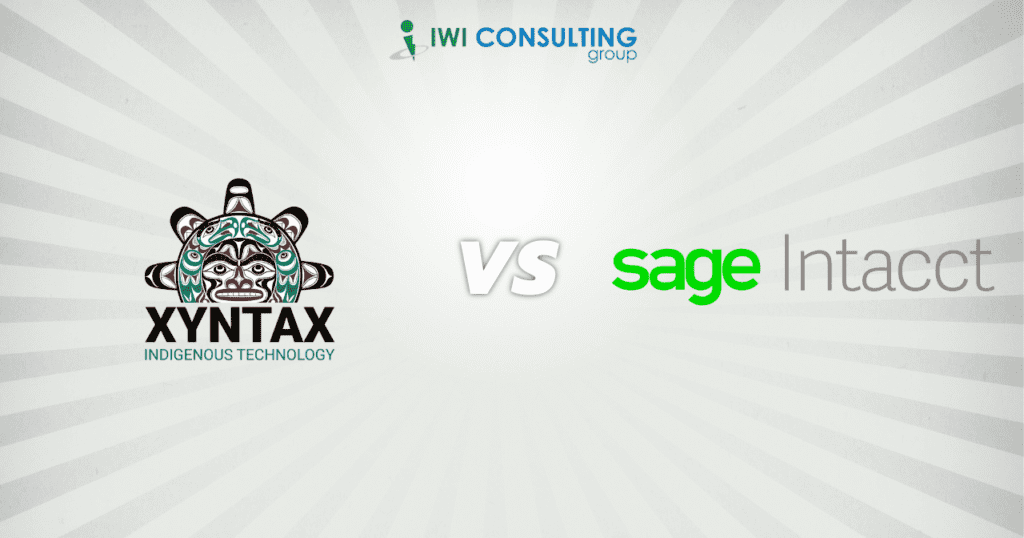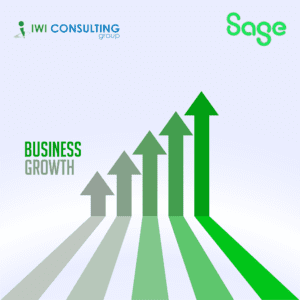Sage Intacct vs. Dynamics 365 Business Central: Choosing the Best Fit for Your Business


In the ever-evolving landscape of business technology, finding the right financial management solution has become a critical decision for organizations seeking to optimize their financial processes and drive growth. Two prominent players in this domain, Sage Intacct and Dynamics 365 Business Central, stand out as leading cloud-based platforms, each offering unique features to cater to the diverse needs of businesses. This comprehensive comparison of Sage Intacct vs. Dynamics 365 Business Central aims to shed light on the strengths and capabilities of both solutions, empowering decision-makers to make informed choices tailored to their specific requirements.
This comparison aims to provide a comprehensive analysis of Sage Intacct and Dynamics 365 Business Central, assisting businesses in choosing the ideal financial management solution for their specific needs. We will explore various aspects, including features, user experience, pricing, security, and customer support. Additionally, we will analyze industry-specific functionalities and more to guide readers in making informed decisions.
Overview of Sage Intacct
Sage Intacct is a leading cloud-based financial management solution designed to cater to the diverse needs of businesses of all sizes. Renowned for its scalability and flexibility, Sage Intacct empowers finance teams with real-time financial insights and streamlines complex accounting processes. The platform’s multi-dimensional database architecture allows for in-depth reporting and analysis, giving decision-makers the tools they need for data-driven strategies.
With a focus on automation and efficiency, Sage Intacct offers comprehensive features such as accounts payable and receivable management, general ledger, cash management, and project accounting. Its seamless integration capabilities enable businesses to connect with other applications, enhancing overall financial management.
Overview of Dynamics 365 Business Central
Dynamics 365 Business Central, part of the Microsoft Dynamics suite, is an all-in-one business management solution for small and medium-sized enterprises. Built with scalability in mind, Business Central consolidates various business processes into a single platform. This includes finance, supply chain, sales, and customer service, providing businesses with a unified and efficient solution to manage their operations. The system’s user-friendly interface and integration with Microsoft 365 tools make it accessible to many users.
Business Central offers essential financial management features such as general ledger, accounts payable and receivable, budgeting, and cash flow forecasting. Additionally, the platform provides a comprehensive view of business data, enabling users to gain insights and make informed decisions.
Key Features of Sage Intacct
Sage Intacct offers a range of crucial features that streamline financial processes and elevate decision-making:
- Advanced Reporting and Analytics:
Sage Intacct’s reporting and analytics capabilities provide real-time insights into financial performance, helping businesses make data-driven decisions. - Multi-Entity Management:
The platform efficiently manages multiple entities and currencies, making it an excellent choice for businesses with complex structures or global operations. - Customizable Dashboards:
Sage Intacct’s customizable dashboards allow users to access critical financial data and key performance indicators (KPIs) at a glance, facilitating better financial management. - Seamless Integrations:
With an open API architecture, Sage Intacct seamlessly integrates with other business applications, enabling enhanced functionality and data flow.
Key Features of Dynamics 365 Business Central
Dynamics 365 Business Central offers a set of critical features that consolidate various business processes:
- Unified Business Platform:
Business Central unifies financial management, sales, supply chain, project management, and customer service, providing a comprehensive view of the business. - Business Intelligence and Insights:
The platform offers built-in business intelligence tools, empowering users with data-driven insights and analytics. - Integration with Microsoft 365:
Business Central’s integration with Microsoft 365 applications, such as Outlook and Excel, enhances productivity and collaboration within the organization. - Scalability and Growth:
Business Central’s modular approach allows businesses to start with essential features and scale up as their needs evolve, making it suitable for growing enterprises.
User Interface and User Experience
Regarding user interface and experience, Sage Intacct and Dynamics 365 Business Central offer distinct approaches. Sage Intacct boasts an intuitive and user-friendly interface, making it easy for finance professionals to navigate and manage complex financial processes efficiently. Its customizable dashboards allow users to access relevant financial data and reports, simplifying decision-making.
On the other hand, Dynamics 365 Business Central provides a unified user interface that is familiar to Microsoft 365 users. This interface facilitates quick onboarding and reduces the learning curve for new users, making it easier for them to navigate and use the platform effectively.
Integrating with Microsoft’s suite of applications ensures a cohesive user experience, promoting collaboration and productivity.
Pricing and Licensing – Sage Intacct vs. Dynamics 365 Business Central
Pricing and licensing models for Sage Intacct and Dynamics 365 Business Central differ based on the platform’s offerings and the business’s requirements. Sage Intacct typically follows a subscription-based model, with pricing tailored to the organization’s specific needs, such as the number of users and required modules. This flexibility makes Sage Intacct suitable for businesses of various sizes and complexities.
Dynamics 365 Business Central also adopts a subscription-based model, pricing based on the number of users and the selected plan. While the platform provides essential financial management features, businesses may need to consider additional modules or add-ons for specific functionalities.
Accounting and Financial Management Capabilities
Sage Intacct and Dynamics 365 Business Central offer robust accounting and financial management capabilities with distinct focuses.
Sage Intacct is primarily designed for financial professionals. It provides advanced accounting functionalities, such as multi-entity management, complex revenue recognition, and project accounting. Its in-depth reporting and analytics capabilities equip businesses with the insights they need for strategic decision-making. Additionally, Sage Intacct’s automation features help streamline financial processes, reducing manual effort and the risk of errors.
Dynamics 365 Business Central, an all-in-one business management solution, combines financial management with other core business processes. Its financial capabilities cover general ledger, accounts payable and receivable, fixed assets, and cash flow forecasting. While it may not offer the same depth of economic features as Sage Intacct, Business Central provides a unified platform for businesses looking to manage multiple aspects of their operations.
Integration and Compatibility – Sage Intacct vs. Dynamics 365 Business Central
Sage Intacct and Dynamics 365 Business Central offer integration capabilities with different approaches.
Sage Intacct’s open API architecture allows seamless integration with various third-party applications, enabling businesses to customize their financial management experience. This flexibility empowers organizations to leverage best-of-breed solutions for specific needs, fostering a cohesive ecosystem of business tools.
Dynamics 365 Business Central’s integration strengths lie within the Microsoft ecosystem, particularly with Microsoft 365 applications. This integration enables businesses to connect financial data with customer information, sales opportunities, and project details, promoting a holistic view of the business. Additionally, Business Central integrates with other Microsoft Dynamics solutions, offering comprehensive end-to-end business management.
Security and Data Privacy
Both Sage Intacct and Dynamics 365 Business Central prioritize the security and privacy of their users’ data.
Sage Intacct is a secure cloud-based solution hosted on AWS, ensuring robust data protection and disaster recovery measures. The platform adheres to industry-standard security protocols, including encryption, multi-factor authentication, and regular security audits.
Dynamics 365 Business Central, being a Microsoft product, benefits from Microsoft’s robust security infrastructure and compliance standards. Microsoft Azure, the underlying cloud platform for Business Central, ensures data is protected with advanced security features.
Customer Support and Resources – Sage Intacct vs. Dynamics 365 Business Central
Sage Intacct is recognized for its excellent customer support, with multiple support options, including phone, email, and online resources. The platform’s user community and knowledge base provide valuable insights and best practices for users seeking assistance.
Dynamics 365 Business Central offers comprehensive customer support through phone, email, and community forums. As part of the Microsoft ecosystem, users can access a vast library of resources, tutorials, and user guides for learning and problem-solving.
Industry-Specific Functionality
Sage Intacct caters to a wide range of industries, offering specialized functionalities to meet the unique needs of businesses in specific sectors. From nonprofits and financial services to healthcare and professional services, Sage Intacct provides tailored solutions to ensure compliance and efficiency in industry-specific workflows.
Dynamics 365 Business Central, while versatile, may require additional customization or third-party add-ons to address specific industry requirements effectively. Its strength lies in its unified business management approach, allowing users to manage multiple aspects of their operations in one platform.
Third-Party App Integrations – Sage Intacct vs. Dynamics 365 Business Central
As mentioned, Sage Intacct’s open API architecture facilitates seamless integrations with numerous third-party applications, including customer relationship management (CRM) systems, project management tools, and e-commerce platforms. This flexibility enables businesses to create a tailored financial management ecosystem that aligns with their unique requirements.
Dynamics 365 Business Central offers various third-party integrations, particularly within the Microsoft ecosystem. With connectors for Microsoft 365 applications, Power Platform, and other Dynamics solutions, businesses can extend the capabilities of Business Central. They can integrate them with other mission-critical tools to create a comprehensive and connected business ecosystem.
Migration and Onboarding Process
The migration and onboarding process can significantly impact the implementation of a financial management solution. Sage Intacct is praised for its smooth and efficient onboarding process. Dedicated customer success managers guide businesses throughout the implementation journey, ensuring a seamless and successful transition to the platform. The platform’s migration tools ensure seamless data transfer from existing systems, minimizing downtime during the transition.
Dynamics 365 Business Central, part of the Microsoft family, offers resources and support for a successful implementation. Businesses already using other Microsoft solutions will find the integration process relatively straightforward. They can leverage existing data and configurations, ensuring a seamless connection between Dynamics 365 BC and their current software ecosystem.
Conclusion – Sage Intacct vs. Dynamics 365 Business Central
As we delve into the intricacies of financial management solutions, one name emerges as a clear frontrunner: Sage Intacct. This exceptional cloud-based platform has solidified its reputation as a flexible and scalable solution catering to businesses of all sizes. Its unwavering focus on empowering finance teams with real-time financial insights, streamlined accounting processes, and advanced reporting and analytics sets it apart from the competition.
Sage Intacct’s commitment to user-centric design shines through its intuitive interface, ensuring that finance professionals can navigate complexities effortlessly. Customizable dashboards grant users access to critical financial data and key performance indicators (KPIs) at a glance, propelling data-driven strategies and informed decision-making.
Furthermore, the platform’s open API architecture allows seamless integration with an extensive array of third-party applications, cementing its position as a cornerstone in a cohesive ecosystem of specialized business tools. Sage Intacct is undoubtedly the epitome of excellence for organizations seeking a comprehensive financial management solution that caters to their unique needs.
While Dynamics 365 Business Central showcases its merits as an all-in-one business management solution within the Microsoft ecosystem, Sage Intacct rises above the rest by placing unparalleled focus on financial expertise and exceptional user experiences. As businesses venture into an ever-changing landscape, Sage Intacct is a beacon of innovation and efficiency. It enables enterprises to thrive with unrivaled financial prowess and adaptability. For those seeking a financial management solution that transcends the ordinary, Sage Intacct paves the way to embrace excellence and the future of finance.
Why Choose IWI Consulting Group for Sage Software Solutions
The IWI Consulting Group is your trusted partner when selecting and implementing accounting software. As the largest Sage partner in Canada, we have extensive experience in assisting businesses of all sizes across various industries. Our team provides personalized guidance on choosing between both platforms, ensuring you select the right solution to meet your requirements. We offer comprehensive training, implementation services, ongoing support, and customizations to optimize your software investment.


